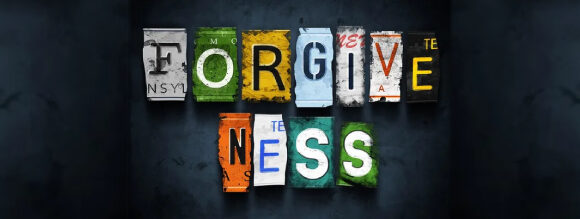Taken from The Jesus Mysteries by Timothy Freke & Peter Gandy
The Pagan sages taught that in the Inner Mysteries an initiate discovered that what appeared to be their individual Daemon was actually the Universal Daemon, which they pictured as having been torn into fragments and distributed amongst all conscious beings. Epictetus teaches : ‘You are a fragment torn from God. You have a portion of him within you. Osiris-Dionysus represents this Universal Daemon, the Mind of God conscious in all living things.
In many myths Osiris-Dionysus meets his death by dismemberment. This is often taken to mean the threshing of the grain to produce bread and the trampling of grapes to produce wine. Initiates of the Inner Mysteries, however, understood this motif in a more mystical level, as encoding teachings about the dismemberment of the Universal Daemon by the power of evil. In the myth of Osiris, for example, the godman is murdered and dismembered by his evil brother Set, and then the goddess Isis collects together all of Osiris’s limbs and reconstitutes him. This myth encodes the Mystery teaching that God needs to be ‘re-membered’, that the spiritual path is the process of the reuniting the fragments of the Universal Daemon, of perceiving One in all.
Describing Osiris’ death, Plutarch writes :
‘Set scatters and destroys the sacred Logos which the goddess Isis collects and puts together and delivers to those undergoing initiation.’
This Pagan motif of dismemberment is completely foreign to Christianity as we now know it, but was fundamental to Gnosticism. Like their Pagan predecessors, Gnostic Christians believed each individual human self to be a fragment of one single heavenly being which had been dismembered by evil forces, robbed of all memory of its heavenly origins and forced into individual physical bodies.
Like the Pagan godman Osiris-Dionysus, the Christian godman Jesus symbolically represents the Universal Daemon or Logos which has been dismembered. In the Pistis Sophia, Jesus declares : ‘I have torn myself asunder and come into the world’. In The Acts of John, he teaches that ‘the multitude that is about the cross’ represents the ‘Limbs of Him’ that have yet to be ‘gathered together’. In The Book of the Logos Jesus says :
‘Save all my Limbs, which since the foundation of the world have been scattered abroad, and gather them all together and receive them into the Light.’
A Gnostic hymn to be sung on the ‘great day of supreme initiation’, beseeches Jesus :
‘Come unto us, for we are Thy fellow-members, Thy limbs. We are all one with Thee. We are one and the same, and Thou art one and the same.’
The Pagan sage Proclus explains that the ‘most secret of all initiations’ reveals ‘the Spirit in us’ as ‘a veritable image of Dionysus’. A Pagan initiate who achieved Gnosis or Self-knowledge, realized their identity as an expression of Osiris-Dionysus, the Universal Daemon. Such an initiate was known in the Mysteries as an ‘Osiris’ or a ‘Dionysus’.
In the same way, the Gnostic Gospel of Philip teaches that a true Gnostic is ‘no loner a Christian, but a Christ. Origen also teaches that a follower of Jesus could become ‘a Christ’. In an untitled Gnostic apocalypse Jesus calls out to his ‘children’ with whom he is working until ‘the Christ’ is formed within them. In the Pistis Sophia he teaches that only someone who has become a Christ will know the supreme Gnosis of the Whole. In a collection of Gnostic sayings, he explains, ‘As ye see yourself in water or a mirror, so see ye Me in yourselves.’ In The Gospel of Philip he proclaims :
‘You saw the Spirit, you became Spirit. You saw Christ, you became Christ. You saw the Father, you shall become the Father.’
This teaching is even found in the New Testament Gospel of Luke, where Jesus promises that ‘the initiated student will become like his teacher’.
A common phrase in the Pagan Mysteries, often quoted by Plato, was Soma sema, ‘The body is a tomb. Gnostic initiates also understood that those who identified with the incarnate physical self were spiritually dead and needed to be reborn into eternal Life. Initiates who experienced mystical resurrection realized their true identity as a Christ and discovered, like the women in the Jesus story, that ‘the tomb is empty’. The body is not their identity. They are not the eidolon that lives and dies, but the eternal witness that is forever unborn and undying.








